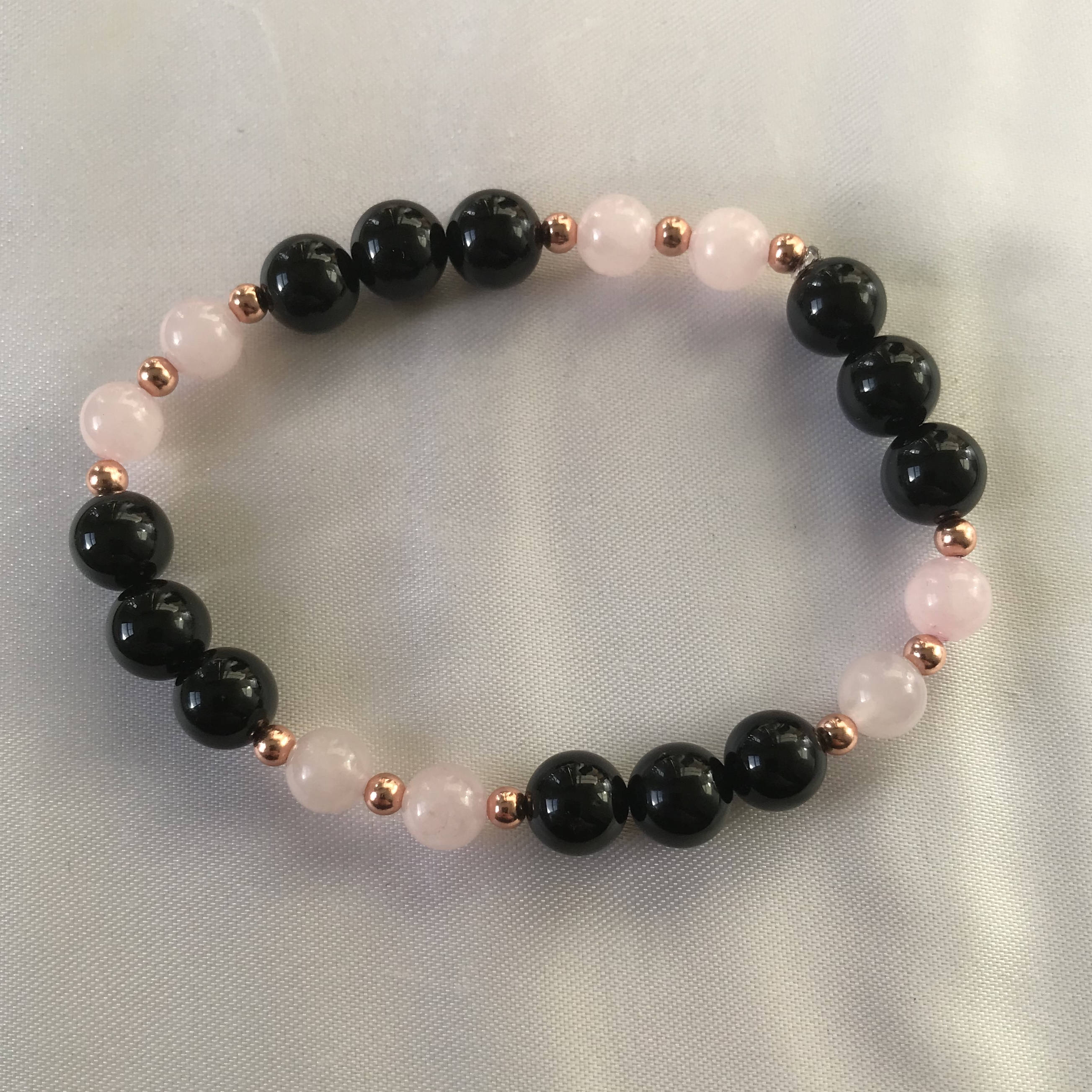

You may let seeds drop naturally from existing plants and transplant seedlings to desired locations. Hellebores are self-sowing, but keep in mind that seeds from hybrid plants generate variable characteristics, and will typically not replicate those of the parent plant.
#Onyx and rose bloom how to#
Hellebores can be started from seed, by division, and by micropropagation – the latter is beyond the scope of this article.Īlternatively, you can purchase potted plants or bare roots from your local garden center or nursery for transplant.įor an in depth look at how to propagate hellebores, check out our guide. It wasn’t until the 19th Century that hellebores made their way into American gardens, courtesy of Cornell University botanist Liberty Hyde Baily, whose Cyclopedia of American Horticulture described eight species well suited to home gardening.īy the 20th Century, other noteworthy Philadelphia region gardens, including the Scott Arboretum at Swarthmore College, and Winterthur, the DuPont estate, had impressive ornamental collections, and the race to create and collect even more hybrid varieties was on.īecause of their ease of cultivation, early bloom time, and longevity, today’s hellebores are in great demand. However, by the 1700s, John Bartram, a noted Philadelphia, Pennsylvania botanist, made references to the plant, and by the early 1800s, dried, powdered root was available to purchase for use as both a deworming medicine and an insecticide. In Greek mythology, it is referenced as a cure for madness, and in the First Sacred War – 595 to 585 BC – it is believed to have been used to poison a water supply, crippling the inhabitants of Kirrha with gastrointestinal distress so dire that they could not defend their city.īy the 1500s, its powerful purgative qualities were relied upon regularly to cleanse the minds and bodies of both people and animals.Īt one point, people believed that a dusting of powdered hellebore could render them invisible, but perhaps these were the same folks who were being treated for madness…īy the mid-1850s, the hybridization of various species as ornamental specimens was well underway across Europe.Įvidence of the arrival of these plants in America is sparse, with speculation that it was likely introduced for medicinal purposes. Hellebore’s history is the stuff of legends, loaded with intrigue and superstition. This is a perfect representation of its dual nature as both a beneficial medicament in appropriate quantities and a deadly toxin when administered in excess. The name is thought to be derived from the Greek words helein, meaning kill, and bora, or food. thibetanus, is native to China.įrom the wild, this plant made its way into the gardens of European herbalists, before becoming an ornamental specimen prized by master gardeners, and finally a home garden favorite. There are currently 20 known species in the Helleborus genus, and most of these are native to the limestone-rich regions of the Mediterranean, and in particular the Balkan mountains.
#Onyx and rose bloom skin#
In addition, skin contact may cause irritation, so gardening gloves are a must when you are handling these plants. It is important to note that like many ornamentals, hellebores are toxic to people and pets. I had placed it near a spruce tree, thinking that it would provide appropriate shade.

I lost a hellebore once to intense summer heat. Plant in the partial to full shade of a deciduous tree (one that drops its leaves), so that they have protection from the summer sun. They thrive in exposed locations in the winter, but when summer heat arrives, they are vulnerable. Hellebores require moist, loamy soil that is well-drained. Variations such as contrasting spotting, veining, and “picotee” edging, as well as semi-double and double sepals, multiply the possibilities in an already extensive color palette.įoliage consists of glossy dark green multi-lobed leaves with a serrated edge and leathery texture. Sepal hues range from shades of green and yellow to pink and red. Lenten roses are acaulescent, which means each stem rises directly from the rhizomatous root system, to form clumps that may reach two feet tall and wide.ĭownward-facing cup-shaped flowers consist of petal-like sepals surrounding an intricately detailed inner flower called a “nectary.”

You’ll find them under the name Helleborus x hybridus, which we’ll talk about in a little bit. Hybrids of the wild Lenten rose are readily available for home gardeners in USDA Hardiness Zones 4-9.


 0 kommentar(er)
0 kommentar(er)
